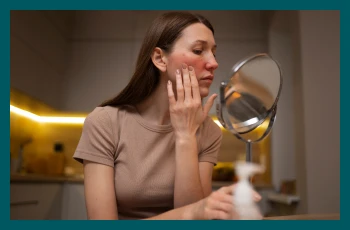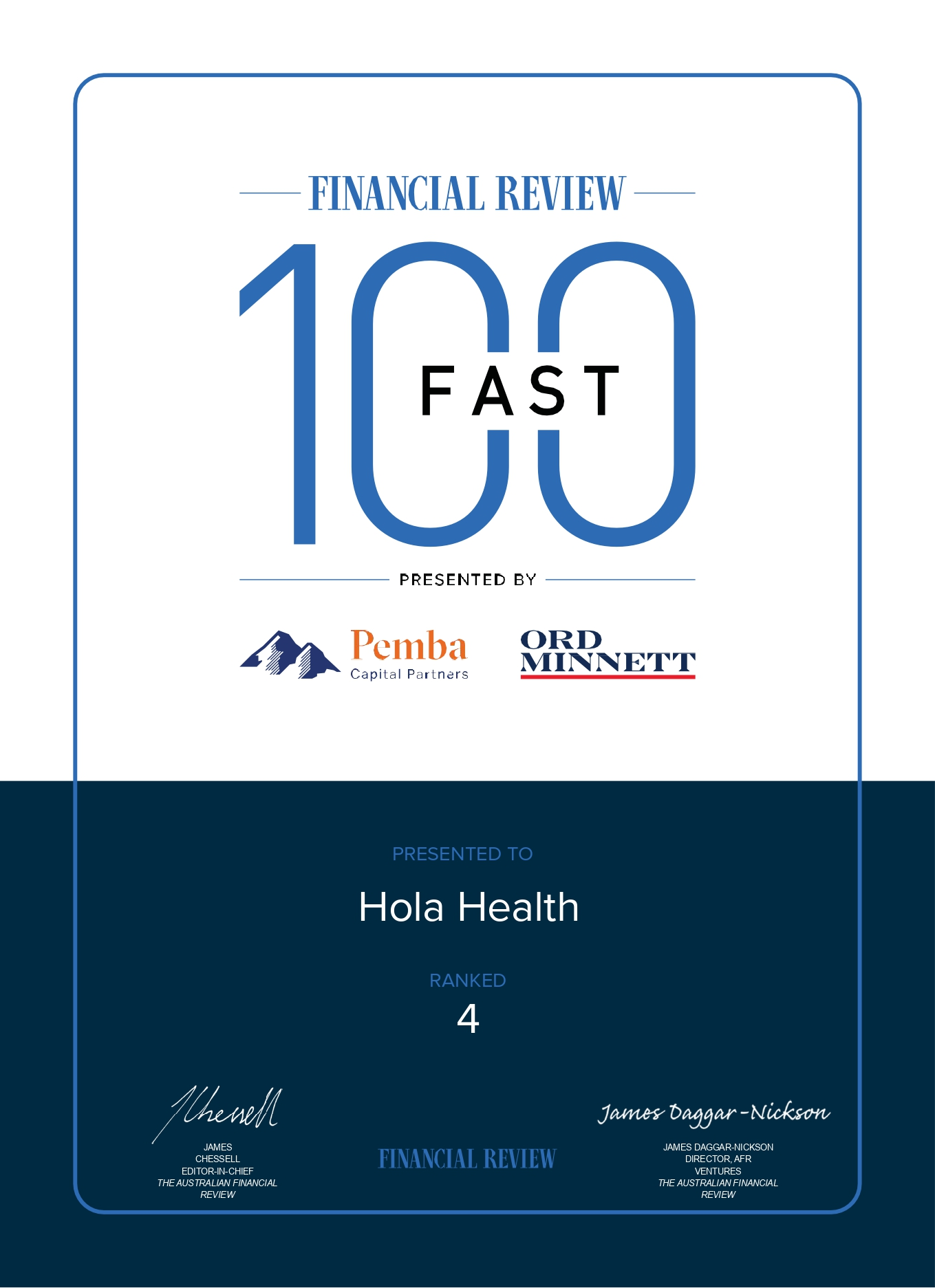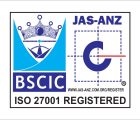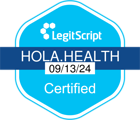Skin Tags Treatment
Suffering from skin tags? Speak with an online doctor within minutes from anywhere in Australia, 24/7 and get instant medical advice.
About skin tags
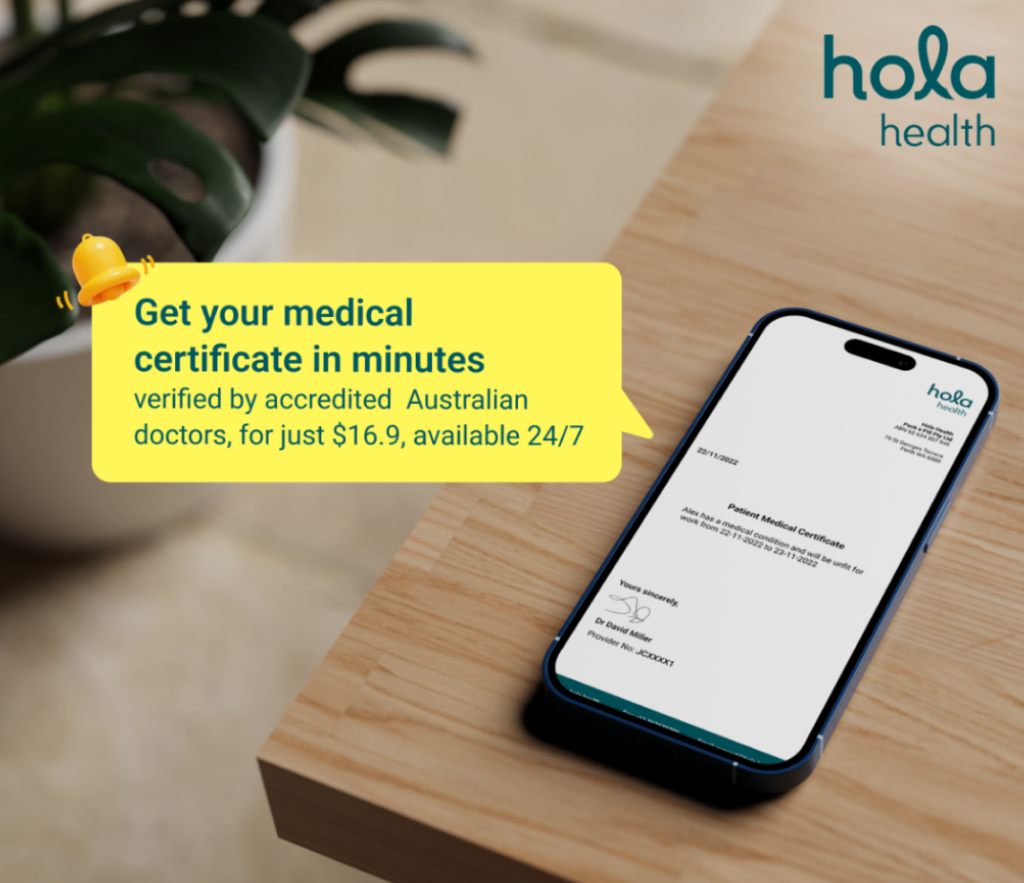
Medically reviewed by Dr. Ammar AL-ANI, MBChB, CCBST, AMC
When to see a doctor for skin tags?
You should see a doctor for skin tags if:
- They become painful or irritated: If a skin tag rubs against clothing or jewellery and becomes painful, inflamed, or infected, it’s a good idea to consult a healthcare provider.
- Changes in size, shape, or colour: If a skin tag grows rapidly, changes in colour, or has an unusual appearance.
- Bleeding: If the skin tag starts to bleed or shows signs of infection (redness, warmth, pus).
- Multiple skin tags: If you notice a sudden increase in the number of skin tags or if they appear in unusual locations, a doctor can help rule out underlying conditions like diabetes or hormonal changes.
- Cosmetic discomfort: If the skin tag is in a visible location and you are bothered by its appearance, or it causes cosmetic concerns.
What causes skin tags?
The exact cause of skin tags isn’t fully understood, but several factors can contribute to their development:
- Friction: Skin tags often develop in areas where skin rubs against skin or clothing, such as the neck, armpits, groin, or eyelids.
- Genetics: A family history of skin tags can increase the likelihood of developing them.
- Age: Skin tags become more common with age, particularly in adults over 50.
- Hormonal changes: Pregnancy can cause hormonal fluctuations that make skin tags more likely, especially in areas like the neck and underarms.
- Obesity: People who are overweight or obese have more skin folds, which increases friction and creates more opportunities for skin tags to form.
- Diabetes: People with diabetes, particularly those with poorly controlled blood sugar, may be more prone to developing skin tags.
- Human papillomavirus (HPV): Some research suggests that certain strains of HPV, which is a virus responsible for warts.
What are the symptoms of skin tags?
Here are a few things to look out for with skin tags:
- Small, soft growths: Skin tags appear as small, soft, flesh-coloured or slightly darker growths of skin that may be raised from the surface.
- No pain or discomfort: Skin tags are usually painless. However, they can become irritated if they rub against clothing, jewellery, or other skin, causing discomfort or pain.
- Changes in size or appearance: Skin tags can sometimes grow larger over time, though they typically remain small and harmless.
- No itching: They don’t typically itch, but in some cases, irritation from friction or clothing can cause mild itching.
- Location: Skin tags usually form in areas of the body where skin rubs against skin or clothing, like the neck, armpits, groin, eyelids, or under the breasts.
- Bleeding or inflammation: If a skin tag is caught on clothing or jewellery, it may become irritated, inflamed, or bleed.
When should a skin tag be removed?
Can skin tags be prevented?
While skin tags can’t always be prevented, there are steps you can take to reduce the likelihood of developing them:
- Maintain good hygiene: Regularly clean areas prone to friction, like the neck, armpits, and groin.
- Wear loose clothing: Avoid tight clothes that cause irritation and friction on the skin.
- Manage weight: Maintaining a healthy weight can reduce skin folds where skin tags commonly form.
- Protect sensitive skin: Use moisturisers to prevent skin irritation and keep the skin smooth.
- Monitor for early signs: Be proactive in noticing and caring for any new skin growths to reduce risk.
Are at-home skin tag remover products safe?
How can an online doctor help me with skin tags?
Can I get a prescription online through Hola Health?
Yes, you can request an online prescription from qualified health practitioners from the comfort of your home in Australia. To request a script online, here’s a step-by-step guide:
- Visit Hola Health website or app and request an instant script.
- Fill in your details along with your Medicare information and make the payment.
- Speak to an online health practitioner via a brief telehealth consult within minutes.
- If approved, receive an instant script via SMS.
Are Hola Health doctors as qualified as my local GP?
Yes, Hola Health doctors are just as qualified as your local GP. Every Hola Health practitioner is fully licensed and registered with the Australian Health Practitioner Regulation Agency (AHPRA).
They’re qualified to provide medical advice, prescriptions, medical certificates, specialist referrals, mental health care plans, and more, all through secure 24/7 telehealth consultations from anywhere in Australia.
Can I speak to an after hours doctor from home?
How can I get a medical certificate online?
You can get a medical certificate online from a qualified health practitioner in Australia. Whether you need time off from work, consideration for university, school, Hola Health’s online medical certificates will come to your rescue whether day or night. You can get medical certificate online by choosing the type of certificate you need. Fill in your details and make the payment using the secure payment gateway. An online doctor will review your request or consult via a short video call for multi-day medical certificates. If approved, receive medical certificate via email within 15 minutes.
How can we help?
Here’s how Hola Health can help you with convenient healthcare:
- Telehealth consultations: Speak to qualified Australian doctors online anytime from the comfort of your home.
- Instant medical certificates: Get genuine medical certificates issued by licensed health practitioners within minutes, saving you time and hassle.
- Quick online scripts: Receive prescriptions for common medications sent directly to your phone, often within minutes.
- Valid online doctor referrals: Obtain referrals to specialists or allied health professionals, pathology tests and radiology scans.
- Mental Health Care Plans: Access mental health care plans through telehealth, enabling support and subsidised sessions with psychologists and counsellors.
- Chemist delivery: Conveniently get your prescribed medicines delivered directly to your door, so you don’t have to visit the pharmacy
Talk to a doctor today
Instantly connect to a registered practitioner within 15 minutes from anywhere in Australia, 24/7 for:
- General consults
- New & repeat scripts
- Referrals
- Medical certificates
- Mental health plans

Access telehealth services
Doctors Brisbane | Doctors Melbourne | Doctors Perth | Doctors Sydney | Doctors near me | Doctors Canberra | Doctors Adelaide | Doctors Darwin | Doctors Hobart
After hours Doctor Brisbane | After hours Doctor Melbourne | After hours Doctor Perth | After hours Doctor Sydney | After hours Doctor Hobart | After hours Doctor Gold Coast | After hours Doctor Canberra | After hours Doctor Adelaide | After hours Doctor Darwin | After hours GP | After hours doctor
Medical certificate | Medical certificate online for work | Medical certificate for school | Medical certificate for Uni | Medical certificate for stress | Carer’s leave certificate | Medical certificate NSW | Medical certificate QLD | Medical certificate VIC | Medical certificate WA | Doctors certificate online | Multi-day Certificate | Sick certificate online | GP medical certificate | Doctors note | Telehealth medical certificate | 2-day medical certificate | Medical certificate for sick leave
Instant scripts | eScript | Online prescriptions | Online prescriptions Sydney | Online prescriptions Melbourne | Online prescriptions Perth | Online prescriptions Brisbane | Online Rx prescription
Online referrals | Blood test referral | X-Ray referral | Pathology referral | Radiology referral | Specialist referral | Gynaecologist referral | Audiology referral | Ophthalmologist referral | Paediatrician referral | Ent specialist referral | Endocrinologist referral | Dermatologist referral | Urologist referral | Gastroenterologist referral
Telehealth appointment | Online Doctor | Bulk Billing Doctors | Doctors on-demand | Instant consult | Covid antiviral | Dial a Doctor | Online GP | Doctor appointment | Bulk-billing doctors | Telehealth pricing | GP online chat | Australian doctor | Web doctor | Home doctor | 24-hour doctor




